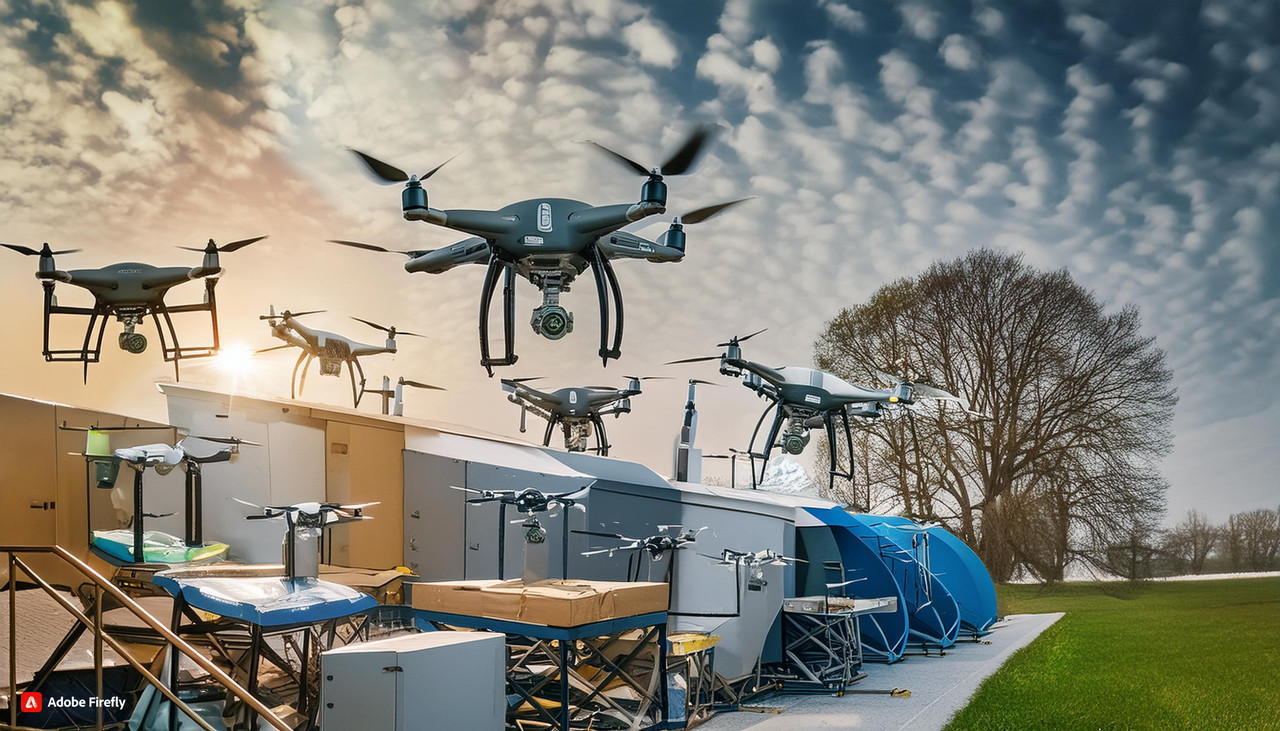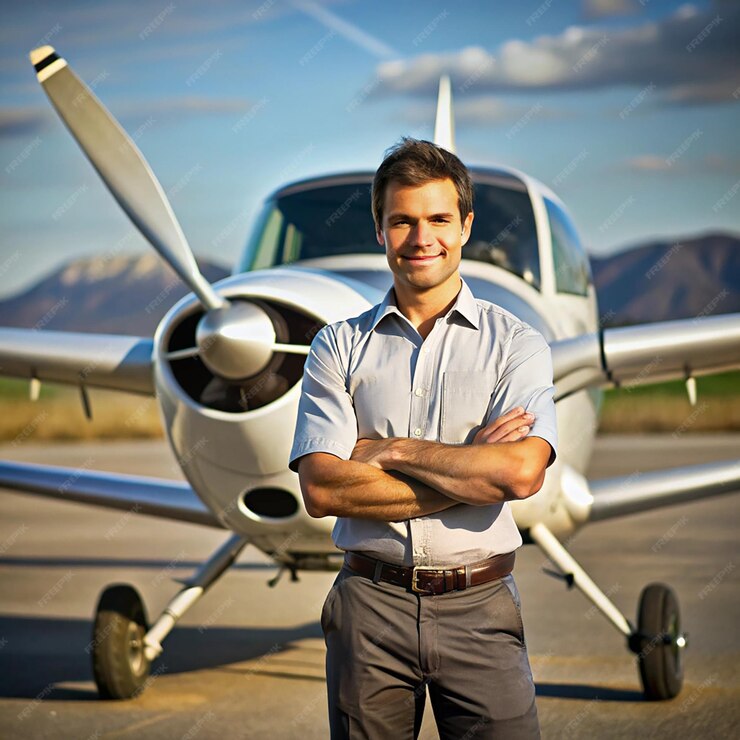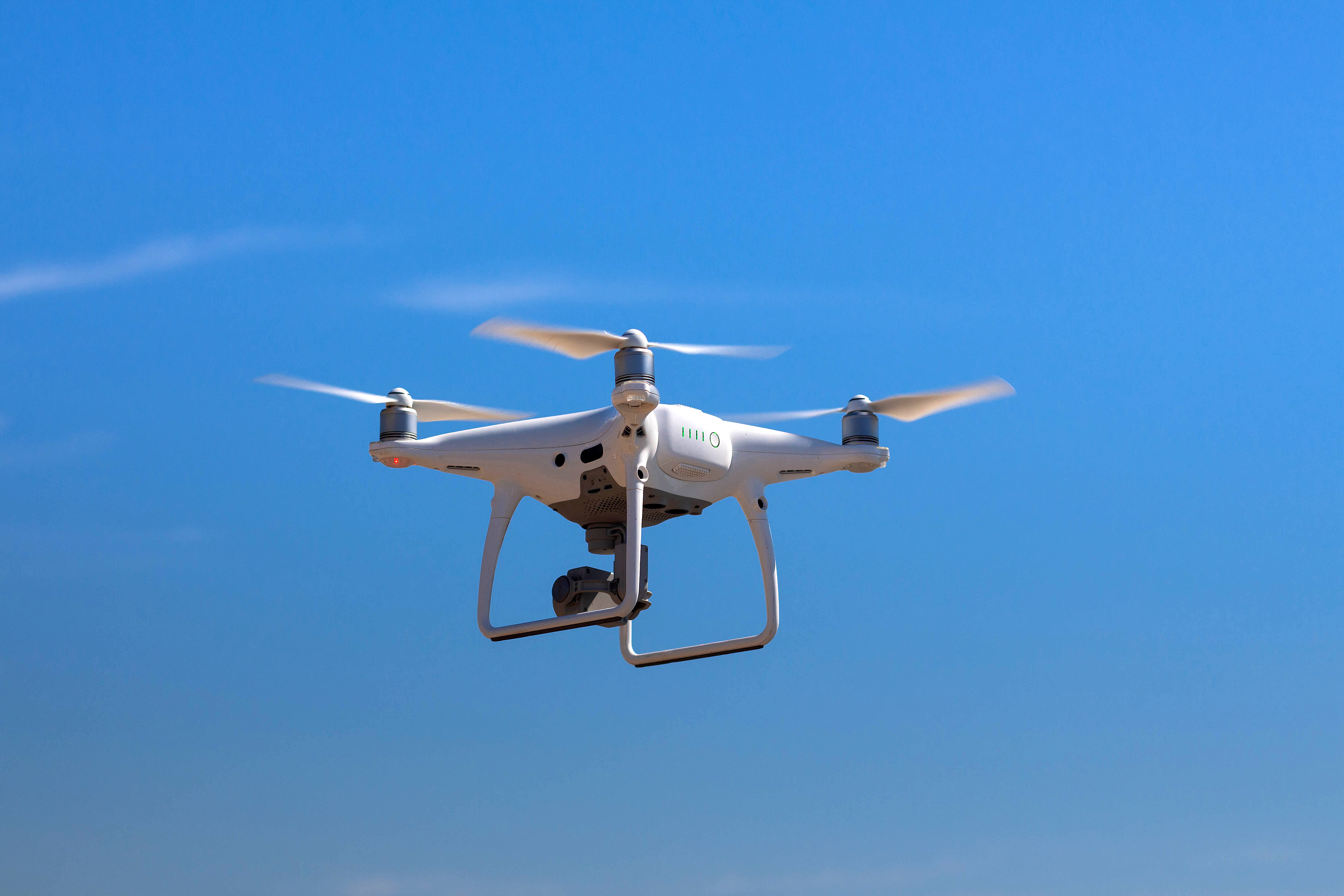
India’s No-Fly Zones for Drones: What You Need to Know

With their growing popularity and increasing number, drones are transforming India's agriculture, transportation, surveillance, and photography. However, operating them is governed by the rules set by the DGCA, the regulatory authority of drone and aviation operations in India. Every drone must be registered on the Digital Sky platform for a unique identification number (UIN). This number gives a drone a unique identity, and with the help of this number, the owner can be easily traced if need be.
India’s airspace is divided into red, yellow, and green zones.
• Red Zones are no-fly areas, such as those within 5 km of airports, where flying is only permissible with central government approval.
• Yellow Zones cover areas 8-12 km from airports, where flights up to 200 feet need permission from local Air Traffic Control authorities.
• Green Zones, drones can fly up to 400 feet without prior approval but must follow safety guidelines.
Moreover, increasing instances of drone flights in crowded areas lead to safety concerns. Under DGCA guidelines, flying drones in congested areas, whether for taking photos, videos, or any other purpose, is not allowed, as it poses privacy and public safety risks. Operators should always follow these regulations to ensure that drone use is safe and compliant with national rules.

Why Is Knowing the No-Fly Zones Important?
According to the DGCA rules regarding drone use, violations can be monetarily penalized up to 1 lakh. With planning and compliance, drone operators across India can safely unlock their full potential.
The increasing number of people operating drones without knowing the no-fly zones and other legal requirements is becoming problematic daily. Several people are flying drones without registering or getting licenses, posing safety risks and trespassing on privacy of the other people.

Drone Classification and Requirements
Nano Drones
These drones are the lightest, weighing just up to 250 grams, and provide the most freedom, needing no license or registration. Though these drones are exempt from guidelines, operators should prioritize safe flying practices.
Micro Drones
These drones weigh up to 2 kg and should be registered through the Digital Sky platform. A pilot license is not required for personal use if they are flown in green zones, areas marked safe for entertaining flying. However, additional permissions may be essential for commercial activities.
These drones can weigh between 2 kg and 25 kg. Their operators require a drone registration and an RPC. If granted airspace authorization, they can be flown within the green and certain yellow zones for commercial and recreational purposes.
Medium Drones
These drones hang in the middle, as far as the size is concerned. They weigh between 25 and 150 kg and are perfect for drone delivery and cinematography. They can also be handy in agricultural applications such as crop spraying and a number of other applications in different fields.
Large Drones
These drones are the heaviest, weighing 150 kg, and intended chiefly for business use. They need thorough authorization and a comprehensive flight plan before taking off. Operating medium and large drones involves stricter regulations because of the higher safety and privacy risks related to their size and potential applications.

No-Fly Zones: Restricted Airspace
No-fly zones can also be termed as the VIP regions of the sky. Owing to safety and security concerns, drone operations are prohibited in these regions. Before the drones take off, it is important for all drone operators to continuously check the Digital Sky platform for the most recent info on any inclusion or deletion in no-fly zones.
• Yellow zone- It is the specified airspace over Indian territorial waters and land areas that is off-limits to drone operations and needs authorization from the air traffic control authority. The airspace over 200 feet in the region located between the lateral distance of 8 and 12 km from the perimeter of an airport and the airspace above 400 feet or 120 meters in the authorized green zone shall be designated as yellow zones.
• Red zone- This is the airspace with precise dimensions above India's land areas and territorial waters and any installation or informed port limits that the Central Government designates beyond those waters. Only the Central Government can conduct drone operations within these zones. Without permission, no one can fly a drone in a red zone. Don’t fly a drone over private property.
• Geo-fencing is restricting the movement of drones inside a chosen airspace.
Check on DigitalSky, the locations where flying drones is allowable to respect other people's privacy and avoid legal complications. It is legally prohibited to fly them in restricted or no-fly zones.

Remote Pilot License
Drone Pilot Training is mandatory in India for flying a drone commercially of any size. To become a drone pilot in India, one should get a license upon completing training at a DGCA-approved institute. Flying a drone without a license can put a drone pilot in trouble, as doing this can lead to fines and even confiscation of drones, putting a significant financial burden.
To be eligible for the program, one must be at least 18 and under 65. Candidates should also have a minimum qualification of Class 10. They must also pass a medical examination and a background check from the relevant government agency. It is not necessary to own a drone to enlist.
Coming to a Close
Navigating this airspace is not just a legal requirement; it's a commitment to a safer and harmonious coexistence. Let the sky be your canvas for exploration, compliance, and compass as you embark on your drone travels. The Digital Sky website lists universities offering DGCA-approved drone pilot training courses nationwide.
If you want to know about the no-fly zones in India and want to become a drone pilot, then you can contact us at Flapone Aviation. We offer best-in-class drone pilot training to both men and women who want to explore new opportunities in this continuously evolving field of drone piloting. The cost of the course is nothing when you consider the quality of theoretical instruction and practical training. So, enroll now!
Related Blog
Latest updates and insights from Flapone Aviation.

What Types of Drones Are Present in the Market?
October 8, 2024

How to Become a Pilot After 12th in India?
February 7, 2025

What are the Basics of Drone Piloting?
February 7, 2025




Author Bio
A dynamic and seasoned content writer with 6 years of experience curating content for different platforms. With the knowledge of all the cogs of content writing and SEO, he has served in various industries. He believes that content is the kingpin, and if penned well, it has a lasting impact on the minds of the readers. Apart from content creation, he is also an ardent poetry lover and performer. He has two publications of his poetry collection, namely Alfaaz and Chestha